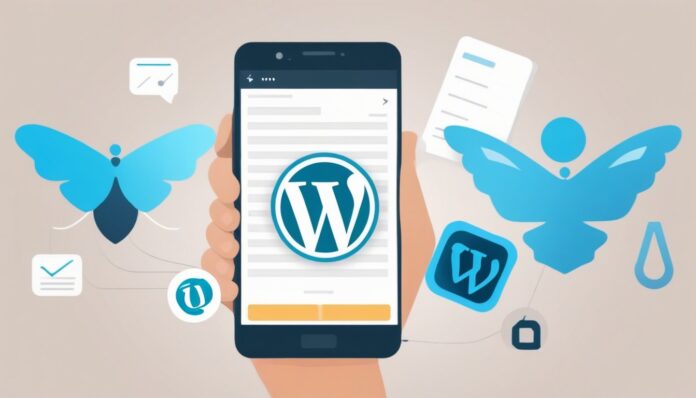Flutter App For Any WordPress Writing with Detailed Articles and Subheadings
Building a Flutter app for WordPress writing with detailed articles and subheadings involves several components and functionalities. Here’s a breakdown of the critical aspects:
1. Data Fetching and Authentication:
- Use WordPress REST API to fetch posts, categories, and user data.
- Implement OAuth2 authentication for secure user login and content management.
- Consider libraries like HTTP or dio for API calls and jwt_decoder for token handling.
2. Content Editing and Formatting:
- Utilize a rich text editor widget like Quill or flutter_html_editor for composing articles with subheadings.
- Allow formatting options like bold, italic, underline, and heading styles.
- Integrate image upload functionality for embedding media in articles.
3. Article Structure and Management:
- Display retrieved articles from WordPress in a clear list format.
- Implement search and filter options for easy navigation through articles.
- Enable the creation of new pieces and editing existing ones within the app.
- Allow adding, modifying, and deleting subheadings within the article editor.
4. Offline Support (Optional):
- Implement local storage mechanisms like shared_preferences or Hive to cache article data.
- Enable offline editing and draft saving for improved user experience without internet connectivity.
5. Additional Features:
-
- Consider implementing features like Category selection for article categorization.
- Tagging functionality for improved organization.
- Commenting system for reader interaction.
- Article draft saving and revision management.
- Push notifications for article updates or user mentions.
Libraries and Resources:
-
- Explore these libraries for specific functionalities: WordPress REST API client: wp_api_client
- OAuth2 authentication: oauth2
- Rich text editor: Quill, flutter_html_editor
- Local storage: shared_preferences, Hive
Developing the App:
- Structure your Flutter app using widgets and layouts to create a user-friendly interface.
- Implement state management solutions like Provider or BLoC to handle data flow and updates.
- Design the app according to WordPress theme guidelines for a cohesive experience.
Testing and Deployment:
- Thoroughly test the app functionalities on various devices and Android versions.
- Consider implementing unit and integration tests for robust code coverage.
- After successful testing, deploy the app to app stores like Google Play and App Store.
Building a Flutter app for WordPress writing with detailed articles and subheadings requires careful planning, API integration, and UI/UX design. You can create a powerful and user-friendly tool for content creators and WordPress enthusiasts by leveraging the available libraries and resources.
Remember, this is a general overview; the specific implementation details will depend on your desired features and complexity.
I hope this helps! Let me know if you have any other questions.











